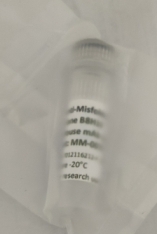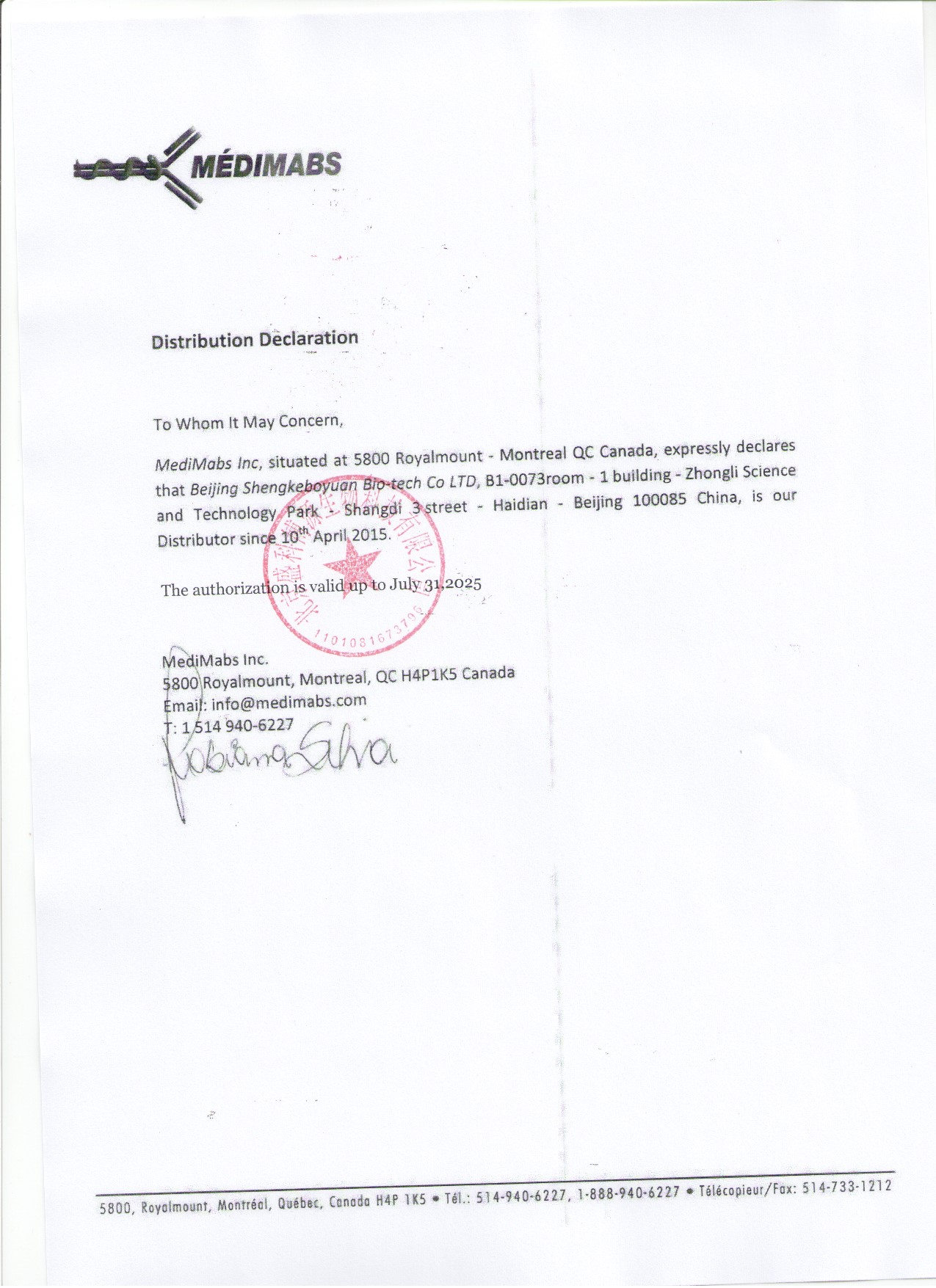 首页>
生物试剂
首页>
生物试剂
商家描述
商家资质信息
产品评价(0)
Target
HIV-1 (CD4bs (gp120))
Target background
Of the two types of Human immunodeficiency virus (HIV) which have been characterized, HIV-1 is more infective and is prevalent globally. The HIV virion is encapsulated by a viral envelope that contains complexes of surface proteins including glycoprotein 120 (gp120), which are important for the virus to attach and fuse to infect target cells. The glycoprotein CD4 (cluster of differentiation 4), found on the surface of T-cells, interacts with gp120 and cytokine receptors to mediate the entry of the virus into cells. This antibody, 654-30D, has been shown to neutralize HIV-1.
Immunogen
This antibody was generated from HIV-infected individuals by a method based on the Epstein-Barr virus transformation of peripheral blood mononuclear cells (PBMCs) followed by fusion with heteromyeloma cells. The epitope for this antibody is discontinuous.
Specificity
The antibody recognizes the CD4 binding domain of the HIV-1 protein gp120.
Clone ID
654-30D
Isotype
IgG1 lambda
Preservative
None
Format
Purified with protein G, stored in PBS pH 7.4 and lyophilized.
Recommend starting dilution
Reconstitute with deionized water. Optimal dilution has to be determined by the user.
Limitations
Research Use Only
Storage
Lyophilized antibodies can be kept at 4ºC for up to 3 months and should be kept at -20ºC for long-term storage (2 years). To avoid freeze-thaw cycles, reconstituted antibodies should be aliquoted before freezing for long-term (1 year) storage (-80ºC) or kept at 4ºC for short-term usage (2 months). For maximum recovery of product, centrifuge the original vial prior to removing the cap. Further dilutions can be made with the assay buffer. After the maximum long-term storage period (2 years lyophilized or 1 year reconstituted) antibodies should be tested in your assay with a standard sample to verify if you have noticed any decrease in their efficacy. To limit antibody loss or degradation, BSA (final concentration 1%) and sodium azide (final concentration 0.02%) can be added to the suggested first dilution. It is important to first verify if those preservatives are compatible with your assay
 会员登录
会员登录.getTime()%>)
 购物车()
购物车()

 成功收藏产品
成功收藏产品
